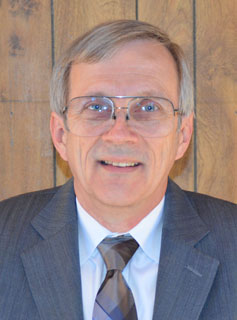
Google glass, soccer-playing exoskeletons, bitcoins, and more … Here’s an interesting perspective from MIT Technology Review. I like the reminder that a technology that solves a problem maybe a success, but failures are not predictable. Promising technologies can be felled by Supreme Court decisions, public opinion, and even by fibbing graduate students … Jonathan…

As part of my business, I manage server computers across the United States – source code repositories, file download hosts, and Web sites. That means I see the underside of the Internet, as unknown attackers try to break in through every channel imaginable. Recently I have been seeing high-intensity ssh (secure shell) login attempts…

The most recent IEEE-PULSE publication dedicates several articles to the new generation of hospitals. The technologies behind these new billion dollar hospitals run the spectrum of science and engineering. But are the hospitals intelligent or are they rather enablers for better care? The use of “intelligent devices” needs to be carefully constructed. These devices…

C++ is 35 years old, and the most recent standard, C++ 14 (based on the year, not the number of revisions) has just come out. Bjarne Stroustrup, the developer of C++, talked about goals for the next release, C++ 17, in an InfoWorld interview. I’ve been using C++ for 23 years, since I got…

The Wall Street Journal is reporting that Elon Musk, the founder of PayPal, Tesla and SpaceX, is now foraying into satellites. Much as he did with the car and space businesses, he’s once again ignoring industry norms. His proposed satellite fleet consists of 700 birds (10 times the size of the largest current satellite…




